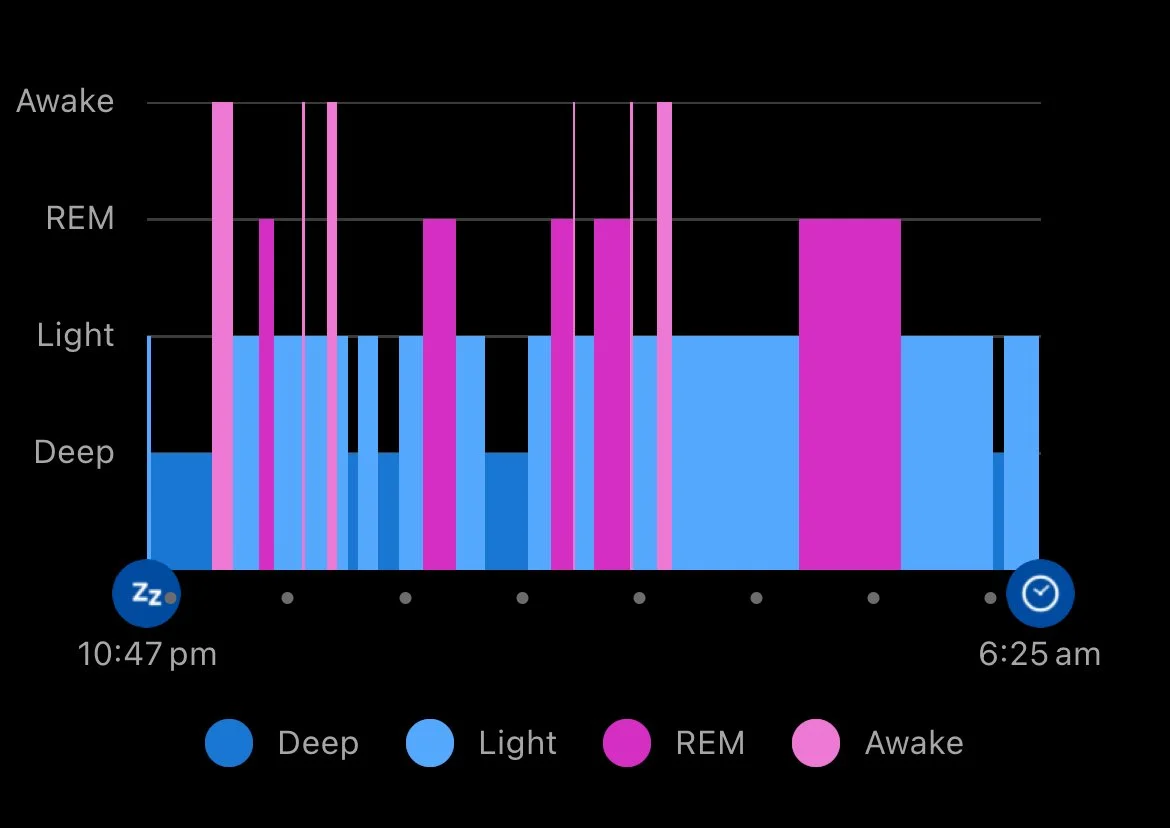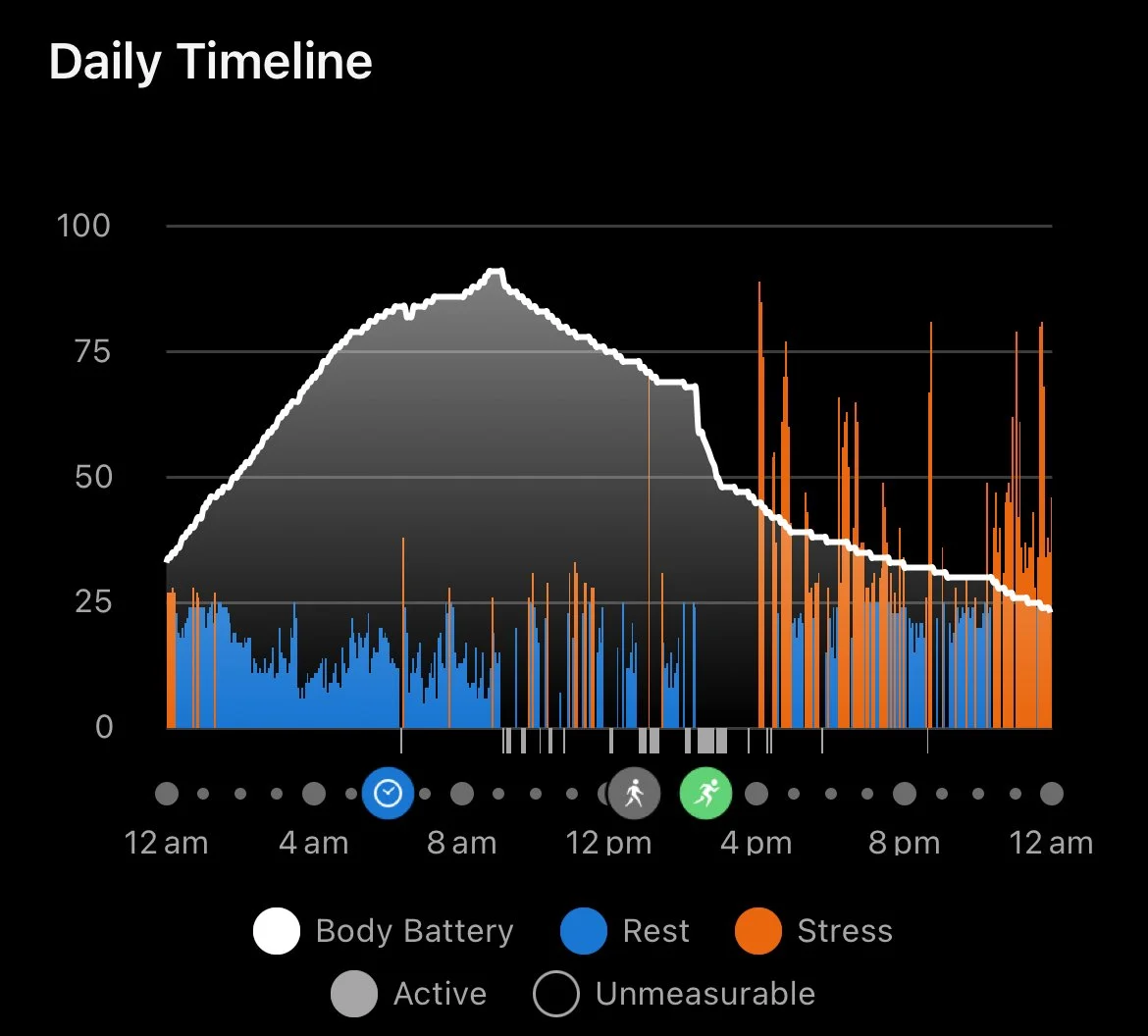Garmin Forerunner 265 Review
As someone who’s been using a mix of Garmin wearables for years—whether it's a swim watch, golf watch, or a bike computer—my daily go-to has always been the Apple Watch. But recently, as I started training more seriously for a marathon, I decided it was time to get something a bit more running-focused. That’s when I picked up the Garmin Forerunner 265.
I wasn’t looking for anything flashy—just a high-quality running watch with reliable GPS and solid core features. Music, fancy health tracking, or smartwatch bells and whistles weren’t on my wishlist. I figured this watch would be something I’d wear solely for running. But after two weeks with the 265, I’ve got to admit—it’s started to take over as my daily watch, and not just because of its running features.
What Surprised Me—in a Good Way
I didn’t expect to love the extra features Garmin included, but I ended up using and really enjoying a few that I never tapped into on my Apple Watch (if they were even there).
1. Sleep Tracking
Sleep has always been a struggle for me, so I was surprised by how accurate and detailed the sleep tracking felt on the Forerunner 265. The Morning Report gives a clear summary of how I slept, and when I dive into the app, it breaks everything down—when I went to bed, woke up, plus time spent in deep, light, REM, and awake stages. It actually felt like it matched how well or poorly I slept. Whether Apple does this or not, I never used it there, but Garmin made it easy and useful enough that I now look forward to checking it every morning.
2. Body Battery
This one totally caught me off guard. I hadn’t used anything like it before, but it quickly became one of my favourite features. Body Battery gives you a number that reflects your energy level, recharging with sleep and draining throughout the day with activity and stress. One day I noticed my score plummeting and I just felt off—turns out I had Covid. It was one of those moments where I realized, "Okay, this thing isn’t just a gimmick." It’s now something I check a few times a day to get a sense of how I’m actually holding up.
3. Morning Report
This feature ties in sleep, body battery, training readiness, and gives a little motivational boost to start the day. I customised it to show the metrics I care about, and honestly, it’s become a small morning ritual. There's something nice about waking up and having the watch say, "Here's how you're doing today." It's surprisingly helpful in deciding whether I should push a workout or ease off.
4. Race Predictions
This wasn’t something I was looking for, but the race prediction feature has turned out to be both accurate and motivating. It gives estimated times for the 5K, 10K, half, and full marathon based on your recent training and performance data. Right now, my 5K prediction is around 19 minutes and 10K around 40—which is spot on. The marathon time (3:16) is a bit optimistic compared to my current PB of 3:58, but it’s a great goalpost. It also updates dynamically after hard sessions, which keeps me engaged with the data.
What About the Running Features?
I haven’t even touched on the actual running functionality, which is where Garmin really shines. Multiple pages, customisable data fields, accurate GPS, and everything you'd expect from a purpose-built running watch—it nails all of it. If you're training with structure or just like seeing detailed stats, it has you covered.
Final Thoughts
I bought the Forerunner 265 expecting it to be a no-frills running watch—and it definitely delivers there—but it’s the unexpected features that have won me over. I didn’t plan on replacing my Apple Watch as my daily driver, but the Garmin’s focus on recovery, readiness, and performance has made it an essential part of my day.
If you’re a casual runner stepping things up, or just want to take training a bit more seriously, the Forerunner 265 hits a sweet spot. It’s not overloaded with distractions, but it’s got just enough thoughtful features to make it more than just a watch for logging km’s.
Michael


